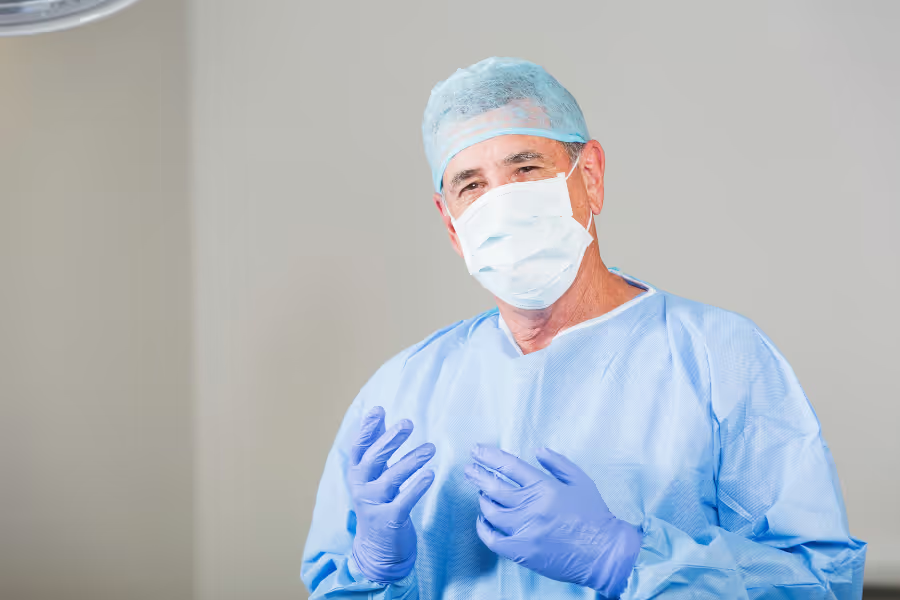Costs, aftercare considerations, procedure steps. Learn about shoulder replacement surgery, and find the right surgeon that fits your needs below, serving Canadians in major cities like Vancouver, British Columbia; Calgary, Alberta; Toronto, Ontario; and Montréal, Québec.
Informational purposes only, not medical or legal advice. Please consult your doctor or surgeon.

Shoulder replacement surgery (shoulder arthroplasty) is a procedure where damaged parts of the shoulder joint are resurfaced and replaced with artificial components to restore smooth movement.
Your shoulder is a ball-and-socket: the ball is the top of the upper arm bone (humeral head) and the socket is part of the shoulder blade (glenoid). When arthritis, severe fractures, or significant rotator cuff problems ruin the cartilage—the slick layer that lets bones glide—the joint becomes painful and stiff.In surgery, the surgeon removes the worn surfaces and shapes the bones.
A metal ball attached to a stem fits into the upper arm bone, and a plastic liner is placed on the socket.
The goal is to recreate stable, smooth joint mechanics so the arm can lift and rotate more comfortably for daily activities.

Surgery takes about 1.5–3 hours (depends on your anatomy and whether it’s anatomic or reverse). Expect most of the day for check-in, anesthesia, and recovery before heading home or to a ward.
Basic steps:

Your exact plan will come from your surgeon and can vary. Take rehab seriously—the more consistent you are, the better.
What to expect after shoulder replacement
Week 1
Weeks 2–4
Weeks 5–12
Weeks 13–52
Red flags anytime
Shoulder replacement is a major surgery. Private clinics in Canada typically charge $20,000 to $28,000.
In the United States, the average cost is between CA$19,200 to $71,100.
Costs vary so much because of location, surgeon experience, facility type, scope of potential treatments, complexity of the issue, and included services (some clinics offer all-inclusive, while others charge separately for anesthesia, followup care, etc.).
Choosing your surgeon is one of the benefits of going the private route. Here’s what to consider and the key questions to bring to your shoulder replacement consultation.
Shoulder replacement is a major surgery where damaged parts of your shoulder joint are replaced with metal and plastic pieces to reduce pain and improve movement.
No, you do not need a referral for private shoulder replacement in Canada. You can book a consultation directly with a surgeon, and they will review your condition, symptoms, and any previous treatments or diagnostics.
These are general considerations, your surgeon will tailor instructions based on your scans, rotator cuff status, and implant choice.
Your situation depends on your pain level, shoulder motion and strength, what imaging shows (cartilage loss, bone spurs, cysts, deformity; rotator cuff status), your overall health, and how well non-surgical care works (physio, injections, meds, activity changes). Discuss specifics with your surgeon.
Your individual risk depends on your health, shoulder anatomy and bone quality, whether you’re having anatomic or reverse shoulder replacement, the exact surgical approach and implant choices, and how closely you follow sling rules and rehab. Discuss your specific risks with your surgeon.
If you still have questions, then feel free to contact us directly.

Browse vetted shoulder surgeons across Canada. Compare prices, qualifications, locations.
BROWSE SURGEONS